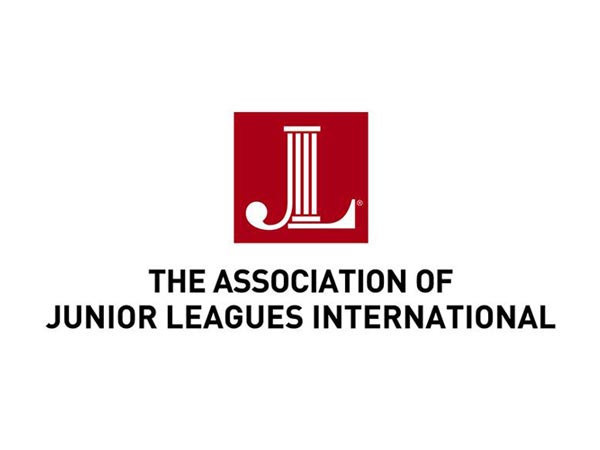
Association of Junior Leagues International
- Analysis of the strategic position of Junior Leagues, with particular attention to membership in the United States and internationally.
- Design of a major initiative to strengthen the healthiness of Junior League affiliates and AJLI.
Background
Mary Harriman, a young woman with a strong social conscience, founded the first Junior League in 1901 in New York City by mobilizing other young women to work at a settlement house in lower Manhattan. The concept of voluntarism quickly spread to other cities throughout the United States, and an association of Junior Leagues was formed in 1921. Junior Leagues work together through a common mission of promoting voluntarism, developing the potential of women, and improving communities through the effective action and leadership of trained volunteers.
Challenge
Although the Junior League enjoys high name recognition, vigorous brand identity, and robust programming at the local level, its mission and focus has not always been well understood, posing serious problems for membership development and leading to misconceptions about the organization’s culture and aims. Further, substantial changes in the role of and opportunities for women over the past several decades presented significant opportunities and challenges.
AKA's Approach
We first undertook a comprehensive analysis of membership trends by type of member and type of League and analyzed the reasons for recent experience. On the basis of a number of criteria developed in conjunction with the AJLI Board of Directors, we then studied 11 organizations that are broadly similar to AJLI in mission, program, organization design, and geographical scope. We outlined several characteristics common to the most robust of the similar organizations and identified key conclusions and implications for the Junior League.
We also undertook detailed case studies of 15 Junior League affiliates, chosen on the basis of a set of AJLI board-approved criteria to be representative of all affiliates. From this analysis we distilled the key characteristics of healthy, effective, local Junior Leagues. Paramount among these characteristics are clarity of mission, continuing excellent leadership, and strategic thinking. Effective use of technology, we believe, will be an emerging central characteristic of healthy Leagues over the coming decade.
Outcomes
On the basis of this analytic work, we recommended that AJLI establish a new set of standards for membership, designed to strengthen all affiliates, as well as undertake a peer-based accreditation process in which each affiliate would be reviewed by several Junior League volunteer leaders every five years. The analytic work also provided the basis for recommendations about AJLI governance, the role of AJLI, best practices of local affiliates and communications.
This assignment underscores the lesson that successful repositioning requires rigorous analysis, thoughtful understanding of organizational culture, keen attention to process, and cogent articulation of new approaches. With the further design and implementation of the peer-based accreditation process, the Junior League embarked on a massive transformation that holds the potential for significantly strengthening its local chapters, delivering a higher quality of programs at the local, national, and international levels, and providing significant new opportunities for the leadership development of women.

